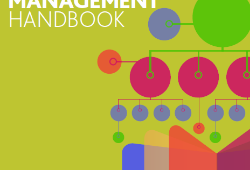NovaSparks has released performance data for its FPGA-based data feed appliance based on the highly volatile market conditions in August, noting average latencies of 400 nanoseconds, and extreme cases of 900 nanoseconds.
On test was NovaSparks’ Gen2 appliance, which is based entirely on FPGA (Field Programmable Gate Array) technology (i.e. unlike some competing products, no traditional CPU is used).
Gen2 is a 2U rackable appliance based on FPGAs from Altera, equipped with 21 ports for inputs and outputs, which can be configured for either 10 gigabit Ethernet or PCI-Express (up to 12 ports). The appliance draws 180 watts of power.
10 gigabit data feeds from Nasdaq, NYSE Arca and Bats are currently supported, and a single appliance can handle multiple markets being fanned-out to several receiving servers.
NovaSparks’ tests focused on handling the Nasdaq TotalView full order book feed, and resulted in average processing latencies within the appliance of 400 nanoseconds, 99th percentile latencies of 700 nanoseconds, with a few extreme cases (e.g. long messages at peak burst times) of 900 nanoseconds.
In a real-life configuration, end-to-end latencies (from data source to receiving server) are typically a maximum of 1.5 microseconds, using PCI-Express as the interface. 10gE latencies are a bit slower, depending on the type of network interface card.
NovaSparks CEO Yves Charles says the company has both customers and proof-of-concept prospects using Gen2. Customers and prospects are generally using the appliance for:
– Provision of managed services (such as Burstream)
– High Frequency Trading operations
– Market making activities
– Enterprise data delivery with a general low-latency requirement
Next up for Novasparks is to add further data feeds, with a focus on the options and futures markets.
Subscribe to our newsletter




